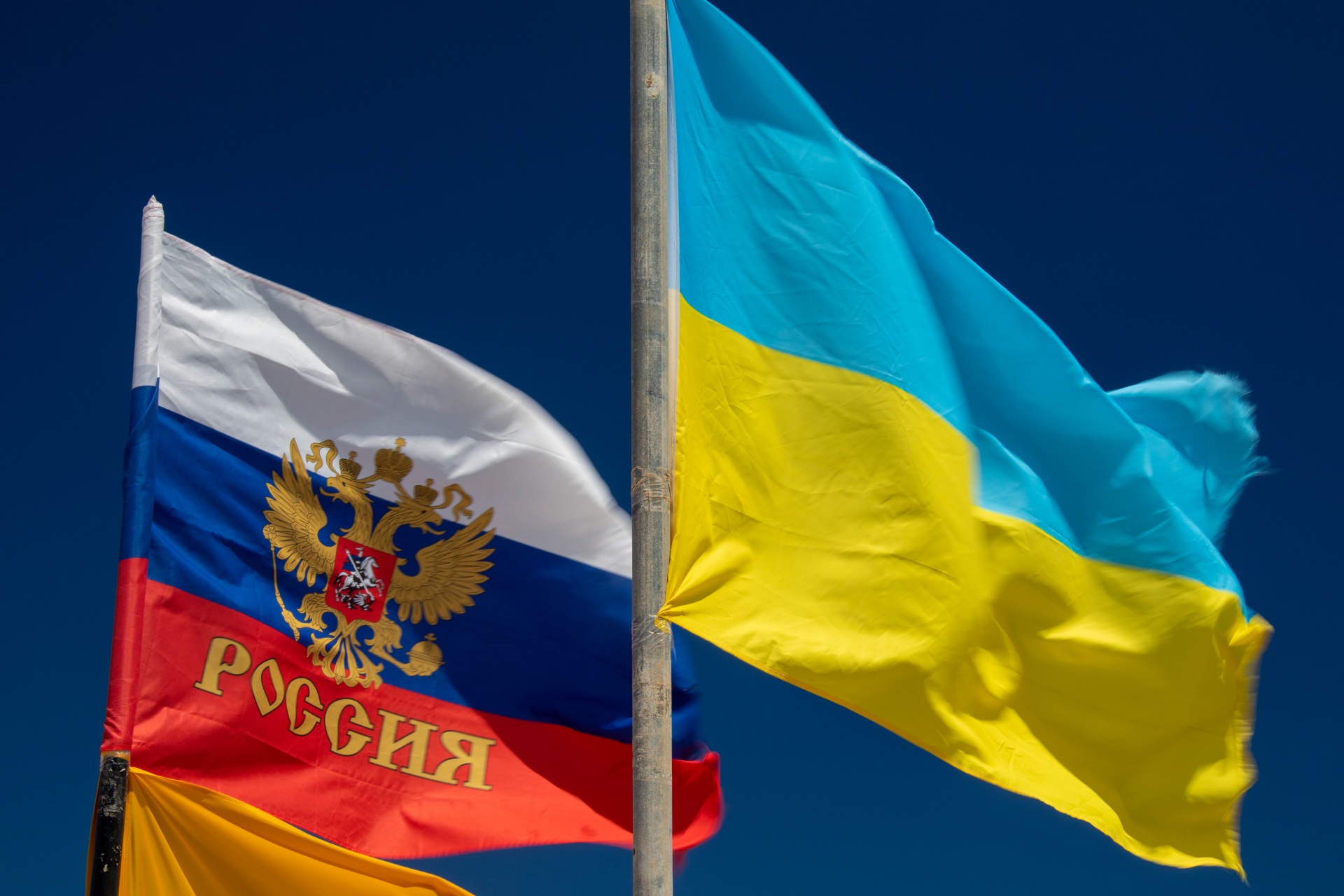
There can be no such thing as a “draw” to resolve the Russia-Ukraine conflict. Any outcome other than victory for the Ukrainians, as they define it, will be a victory for the Kremlin.
- Any supposed draw in the conflict would be a win for Russia
- The long-term consequences of a Ukrainian defeat are often understated
- Only the West, rather than either warring party, can decide the victor
Predicting when and how Russia’s war against Ukraine will end is a very difficult challenge. The basic scenarios may seem similar to a football match: a Ukrainian victory, a Russian victory, or a draw.
However, the situation is much more complex than a football match. Sports are played according to clear rules, recognized by both teams. Compliance with these rules is controlled and enforced by a referee, whose decisions are accepted by all sides. In football, what is considered a win, a draw and a loss – the difference in goals scored – is clearly defined and respected by both teams. Moreover, a football match (although it may be a big deal in some cases) is far from an existential, life-or-death affair. The consequences of any one outcome usually do not have major implications for other important areas – like the fates of dozens of countries and the lives of hundreds of millions of people, including the security, independence and territorial integrity of those states and their citizens.
Given the public discourse and the attitudes of many Western diplomats and intellectuals over the present war, it increasingly appears that these differences are not recognized by those who (consciously or not) push for a compromise in Ukraine, a kind of “draw.” Many continue to do so, no doubt in good faith and well-intentioned. But history offers abundant evidence that the road to hell is paved with good intentions.
So let us first try to define what can be considered a victory for Ukraine, what can be considered a victory for Russia and what can be considered a “draw.”
Ukrainian victory
Ukraine’s victory is the easiest to articulate because Kyiv has clearly defined it and repeatedly emphasized it, mainly through President Volodymyr Zelenskiy. In particular, it means a restoration of Ukraine’s territorial integrity within the pre-2014 borders, future security guarantees, criminal consequences for Russian war crimes and reparations for the material damage caused. Ukrainian membership in NATO and the European Union should also be part of (and a guarantor of) its victory.
Let us add that the legitimacy of these objectives, and accordingly of a Ukrainian victory, is quite strong. They are in accordance with international law, are supported by most of the Ukrainian population and are promoted by legitimate political representatives elected in free and democratic elections.
Russian victory
Victory for Russia is much harder to define, for several reasons. At first, Moscow’s aim in invading Ukraine was to take over the whole of the country and remove its legitimate, democratically elected government. After a blitzkrieg fiasco in the spring of 2022, the goal became taking control of as much of Ukraine as possible, and then annexing four specific regions (Luhansk, Donetsk, Zaporizhzhia and Kherson) to Russia.
Exactly what the Kremlin’s goal is today is not entirely clear. In one sense, the details do not terribly matter. The fundamental, unquestionable goal of President Vladimir Putin’s Russia can be seen from the outset as denying a Ukrainian victory: preventing Ukraine from existing as an independent, sovereign country that not only controls its own territory but also freely decides its future based on the will of the majority of its people. This is the basic objective that Russia is pursuing in Ukraine and which it has been pursuing ruthlessly and aggressively, in contravention of international law – not only today but since at least 2014.
Two outcomes
In this light, there are not three, but only two essential scenarios for the course of Russia’s war against Ukraine. There is no “draw.” Any outcome other than a Ukrainian victory, as they define it, would qualify as a victory for Russia.
At the same time, Ukraine will not be able to win without the help of its Western allies. While already at historically high levels, this assistance remains insufficient to deliver a Ukrainian victory. And, to reiterate, any compromise, frozen conflict or other form of stalemate means a
Russian victory.
Neither Ukraine nor Russia will get to decide which of the two possible scenarios is realized. Both sides are doing and will do everything they can to win, and they cannot do much more than they are now doing. Instead, the winner will be decided by the West. The question is whether it will understand that there are only two viable options and help Ukraine further and faster than it has done so far.
Almost a year ago, I wrote about why I do not consider any compromise with President Putin to be a solution to the war. Over the past year, there has been ample evidence suggesting that a “draw” means victory for Russia. Yet the risk of such an outcome has not declined, but rather increased.
No comments:
Post a Comment